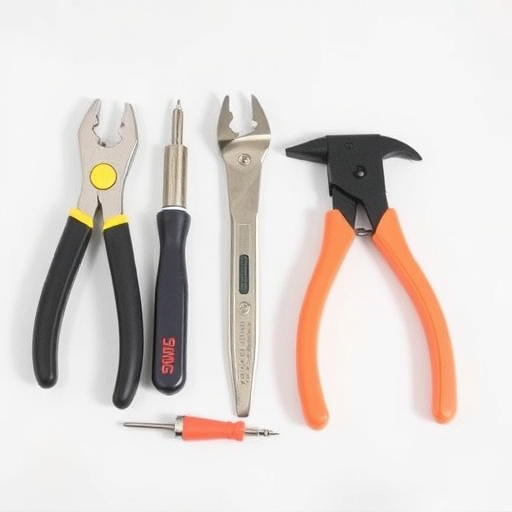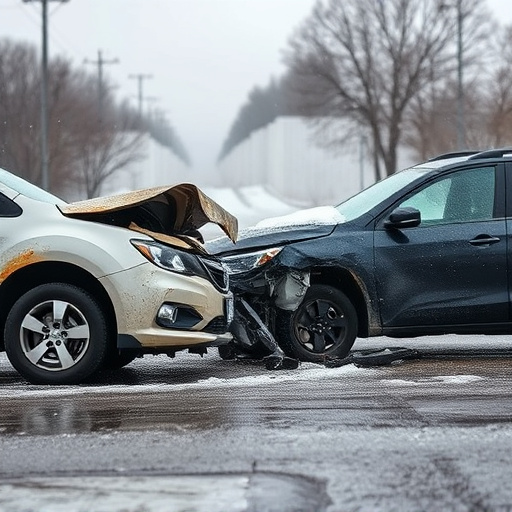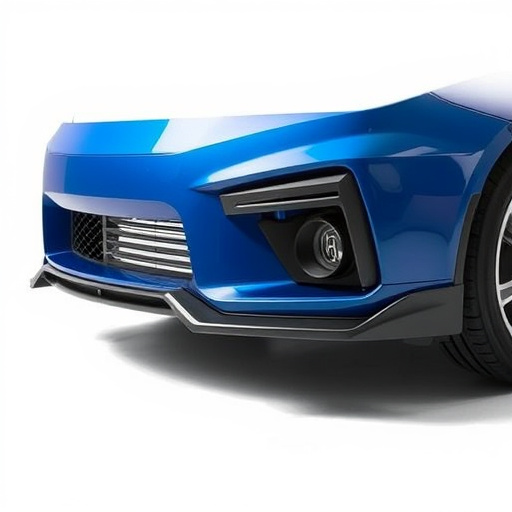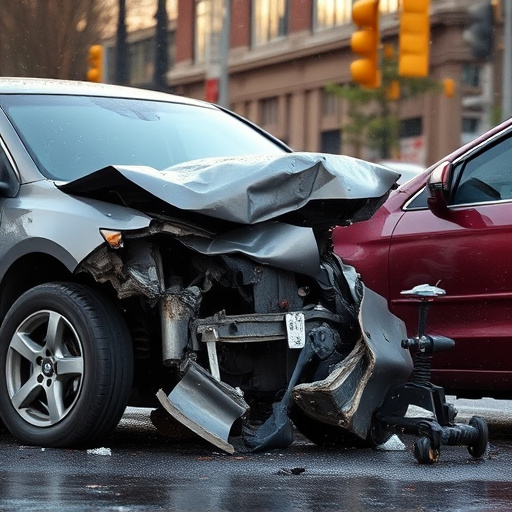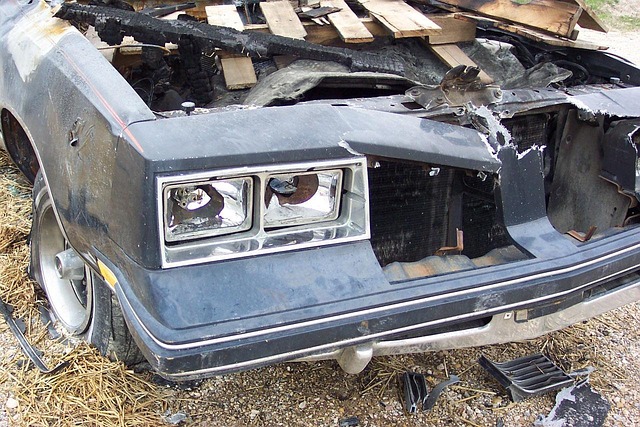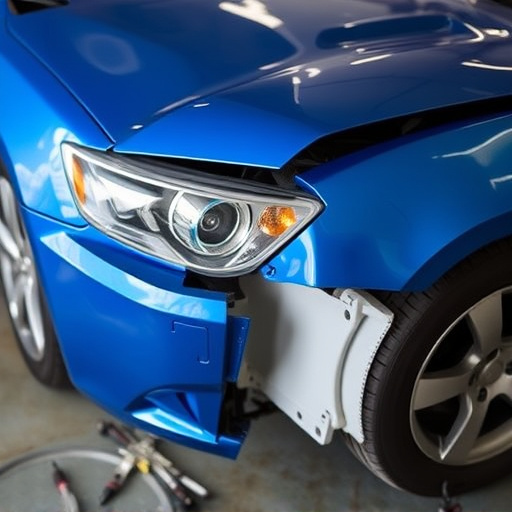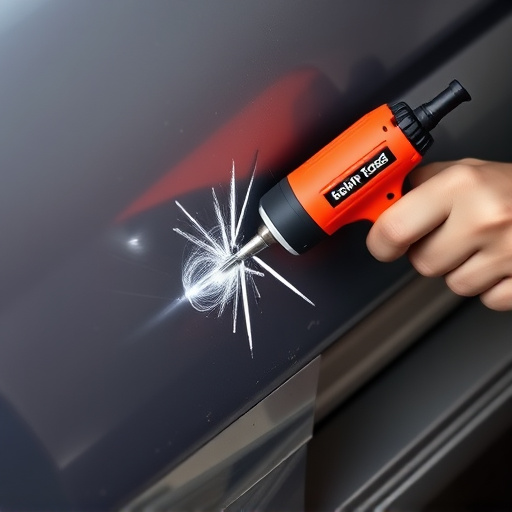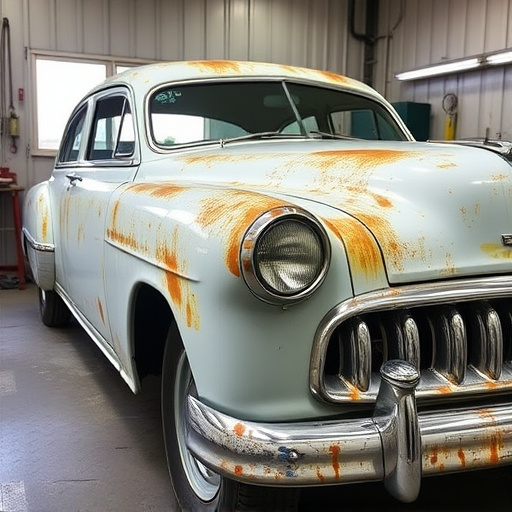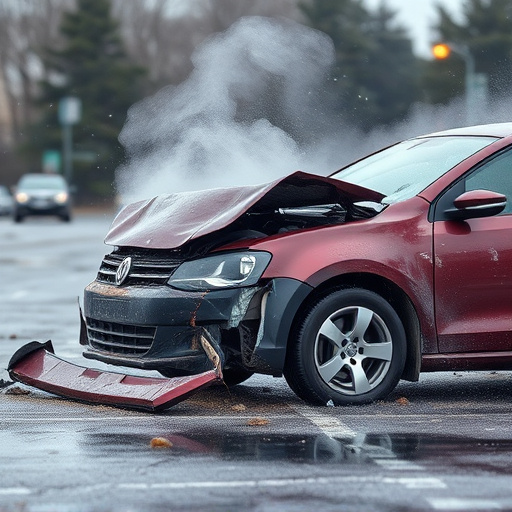Repair Quality Verification (RQV) is a meticulous, advanced process using cutting-edge technology to ensure automotive repairs meet highest standards, detect hidden issues, and guarantee vehicle safety and reliability. Essential for maintaining business reputation, customer satisfaction, and mitigating risks, RQV goes beyond fixing visible defects, fostering trust between customers and collision repair shops in a robust automotive ecosystem.
“Discover the power of Repair Quality Verification (RQV), a pivotal process in ensuring structural integrity. RQV detects hidden repair issues, often overlooked during traditional assessments. This article delves into the intricacies of the RQV process, explores advanced techniques like non-destructive testing and thermal imaging, and highlights its impact on long-term performance. By implementing robust RQV, professionals can maintain superior repairs, enhancing safety and structural stability.”
- Understanding Repair Quality Verification Process
- Uncovering Hidden Repair Issues Through Advanced Techniques
- The Impact of Accurate Verification on Long-Term Performance
Understanding Repair Quality Verification Process
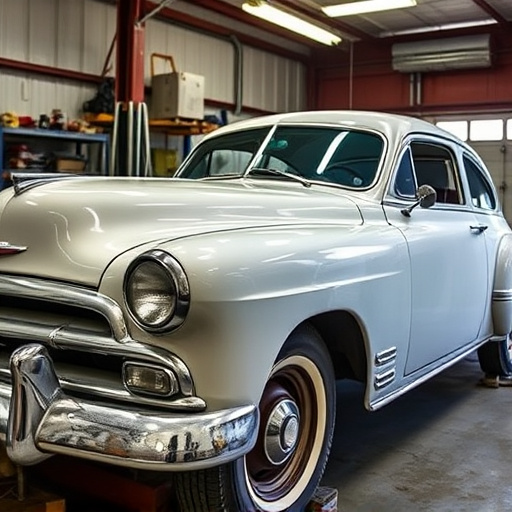
The Repair Quality Verification (RQV) process is a meticulous and crucial step in ensuring that repairs on vehicles, be it a car dent removal or auto glass repair, meet the highest standards. It involves a systematic inspection of the repair work, focusing on both aesthetic and structural integrity. RQV experts examine every detail, from paint consistency to panel alignment, using advanced tools and techniques to detect even the subtlest discrepancies. This meticulous verification is vital in identifying hidden issues that might go unnoticed during initial checks.
This process plays a pivotal role in the automotive industry, particularly in car damage repair scenarios. By implementing RQV, businesses can maintain their reputation, guarantee customer satisfaction, and mitigate potential risks associated with subpar repairs. It’s not just about fixing a car dent or replacing auto glass; it’s about ensuring the safety and reliability of vehicles on the road.
Uncovering Hidden Repair Issues Through Advanced Techniques
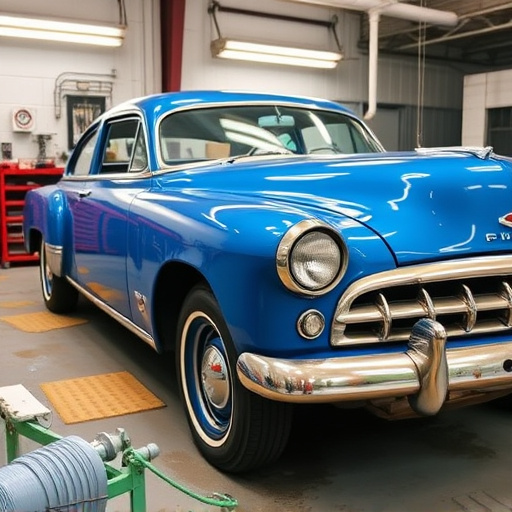
In the realm of automotive maintenance, hidden repair issues can often go undetected, leading to long-term problems and safety hazards. Uncovering these concealed defects is a complex task, but advanced techniques like repair quality verification have emerged as powerful tools. This process employs cutting-edge technology and specialized expertise to scrutinize vehicles, ensuring that every component is in pristine condition. By delving into the intricate details of a car’s structure—from frame straightening to meticulous car body restoration—professionals can identify even the slightest misalignments or damage.
For instance, Mercedes Benz repair, known for its precision and quality, heavily relies on these advanced techniques. Frame straightening, a critical aspect of vehicle restoration, involves real-time data analysis to ensure each panel is restored to its original specifications. This meticulous approach guarantees not only the structural integrity of the car but also maintains its overall aesthetic appeal, ensuring it returns to its prime condition. Repair quality verification, thus, plays a pivotal role in transforming seemingly flawless vehicles into truly exceptional ones.
The Impact of Accurate Verification on Long-Term Performance
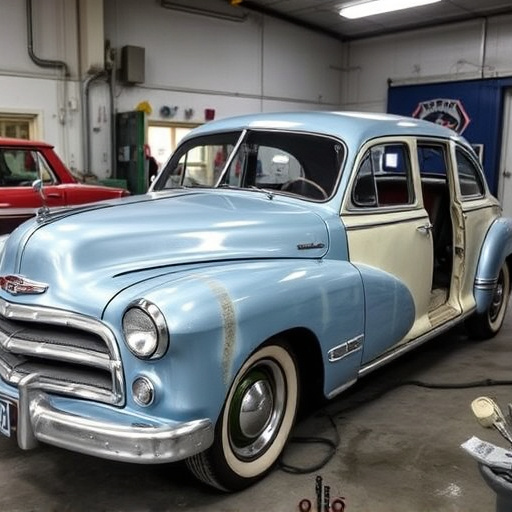
Accurate repair quality verification is a cornerstone for ensuring long-term performance and durability of auto body repairs. When carried out effectively, this process detects hidden issues that may go unnoticed during initial inspections, preventing what could become serious problems down the line. In the context of collision repair shops or car scratch repairs, verification acts as a safeguard against subpar work, ensuring every component is meticulously addressed. This meticulousness translates into enhanced safety and reliability for vehicles, which are critical factors for drivers’ peace of mind.
Beyond individual vehicle benefits, consistent application of repair quality verification across auto body services contributes to the overall efficiency and reputation of repair facilities. By minimizing the chances of recurring issues or needing future repairs due to hidden damage, these practices foster customer satisfaction and loyalty. This, in turn, strengthens the bond between customers and collision repair shops, leading to a more robust and trustworthy automotive ecosystem.
Repair Quality Verification (RQV) is a game-changer in ensuring the long-term performance and reliability of repairs. By employing advanced techniques, RQV can uncover hidden issues that traditional methods might miss, providing a robust safety net for both consumers and businesses alike. Understanding this process is key to navigating the intricate landscape of repair quality assurance, ultimately fostering trust and enhancing overall satisfaction.
